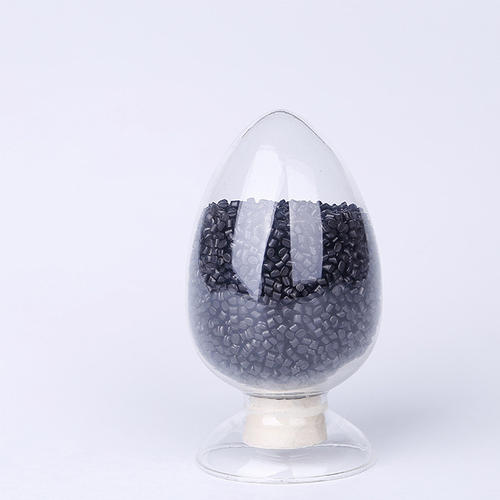How can modified plastics achieve flame retardancy?
Modified plastics are ubiquitous in our daily lives. With the continuous improvement of plastic material properties and the demand for lightweight products, plastic materials are widely used in construction, furniture, transportation, aviation, aerospace, electrical appliances, and other fields. In many occasions, materials are required to have flame retardancy. The most commonly used occasions are electronic appliances, and the automotive industry requires flame retardancy.
Flame retardant raw materials rely on their heat absorption, covering, non combustible gas suffocation, and chain reaction inhibition. The endothermic effect is that under high temperature conditions, flame retardants undergo a strong endothermic reaction, absorbing some of the heat released during combustion, reducing the surface temperature of combustible materials, effectively suppressing the generation of combustible gases, and preventing the spread of combustion. The covering function is that the flame retardant can form a glassy or stable foam covering layer under high temperature after adding flame retardant into the combustible material, which can isolate oxygen, and has the functions of heat insulation, oxygen isolation, and preventing the escape of combustible gas, so as to achieve the purpose of flame retardant.

When flame retardants are heated, they decompose into non combustible gases, diluting the concentration of combustible gases produced by the decomposition of combustibles below the lower limit of combustion. At the same time, it also has a diluting effect on the oxygen concentration in the combustion zone, preventing the continuation of combustion and achieving flame retardant effect. According to the chain reaction theory of combustion, free radicals are required to maintain combustion. Flame retardants can act on the gas-phase combustion zone, capturing free radicals in the combustion reaction, thereby preventing flame propagation, reducing the flame density in the combustion zone, and ultimately slowing down the combustion reaction rate until it terminates.
Article source: Taishan conductive masterbatch
-
04-11
Taishan conductive PP masterbatch: How to use defoaming masterbatch?
Defoaming masterbatch is suitable for enterprises that use PE and PP recycled plastics for product production. The trace amount of moisture contained in raw materials has a very serious impact on the
-
11-13
Characteristics and uses of conductive masterbatch plastics
Characteristics and uses of conductive masterbatch plastics1、 Characteristics of conductive masterbatch plastics:① Most plastics are lightweight, chemically stable, and will not rust;② Good impact res
-
10-13
What is PP talc powder masterbatch
What is the masterbatch of PP talc powder?PP talc powder masterbatch is a plastic modified filler, mainly composed of talc powder, which is a particle mixed with polymers or other carriers. It is main
-
08-09
Taishan Conductive Cloud Masterbatch Manufacturer Tells You Why to Use Conductive and Anti static Engineering Plastics
1. The fundamental physical properties of static electricity are:(1) Attracting or excluding;(2) There is a potential difference with the earth;(3) Discharge current will occur.These three characteris

